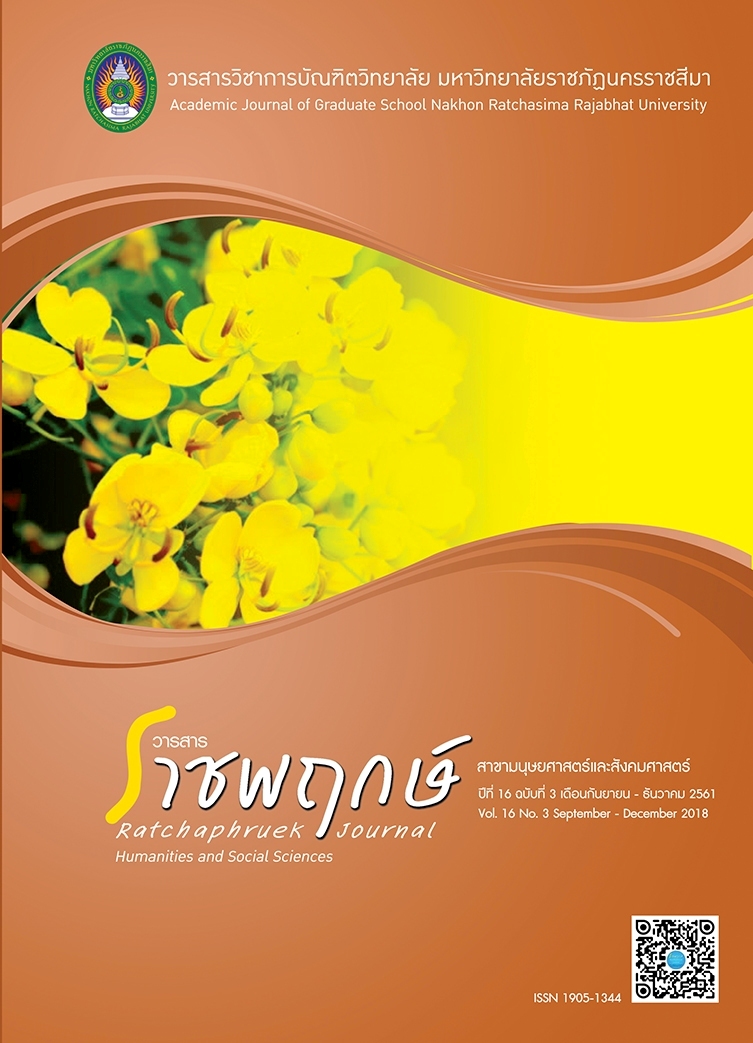A Development and Comprehension of Pictograms for Educational Purposes
Main Article Content
Abstract
Many studies of pictograms indicate that they are useful for communication, not only with those who speak different languages. In a multilingual environment, such pictograms as restroom signs in train stations or other public areas and boarding gate signs in airports effectively convey information. These examples show
that pictograms can be useful for non-verbal communication among people with different language backgrounds. Pictograms are also often utilized to give instructions to people with low literacy, children and people with language disabilities, and they play an important role in situations where swift and reliable information transfer is critical. This review covers theoretical and experimental studies, psychology of the design and validation, comprehension and usage of pictograms, particularly in educational contexts. The objective of this review is to evaluate the use of pictograms for people with low literacy, such as patients with low health literacy, young
children and less-educated immigrant workers in manufacturing settings, and to verify if the use of pictograms could help increase understanding and compliance with instructions and the quality of communication for people with low literacy. The pictograms are often used to enhance the comprehension of critical information
about medicines and safety. Through the review of studies on pictograms used in such environments, we found that many studies have pointed out that combining pictograms with brief counseling can increase the health knowledge of people with low literacy and improve their behaviors related to taking medicines and even their
awareness of healthy living. On the other hand, not much research has been conducted to investigate the use and effects of pictograms for manufacturing settings where workers with lower literacy and different language backgrounds need to communicate with each other and swift communication is often critical in terms of safety. In this paper, we introduce two studies regarding the development and assessment of pictograms for instructions in manufacturing settings, and discuss the importance of pictogram designs for such purposes.


